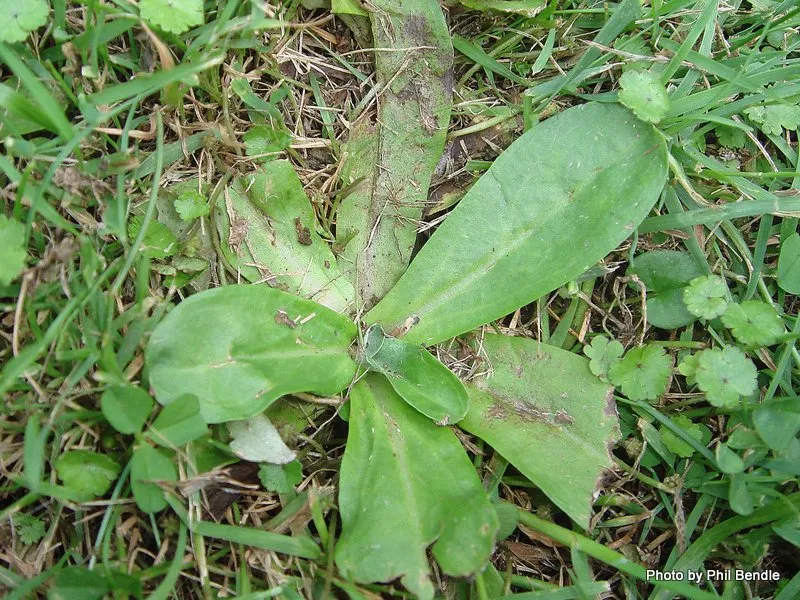Cudweeds
Home / Weed Guide / Cudweeds

Cudweeds
It’s often referred to as Purple Cudweed, Gamochaeta purpurea, Silky Cudweed, Japanese Cudweed and Jersey Cudweed. Cudweeds can be annuals, biennials or very short-surviving perennials. The leaves are covered with woolly hairs on one or both leaf surfaces. The flower heads are small and each head comprises of a plentiful number of tiny flowers.
Purple Cudweed (Gamochaeta coarctata)
Small whitish flower heads (3 millimetres across) appear during September to March in thick bunches along an upright flowering spike. Purple Cudweed is a variable, rosette-forming annual or biennial plant. The shiny hairless basal leaves (20mm to 110mm) have no stalk and are widest towards the tip, while the undersides are covered in white woolly hairs (see photos).
Gamochaeta purpurea.
Similar to Purple Cudweed, however leaves are hairy on both sides. It is not very common and is mainly found in the North Island.
Silky Cudweed (Gamochaeta calviceps)
Silky Cudweed can typically be identified by its thin, long leaves with pale green colouration on both sides. It has a much-branched growth habit, and diffuse, pale inflorescences and is common throughout New Zealand.
Gamochaeta subfalcata
This species is also called Silky Cudweed. It is very similar to G. calviceps, but has only a few basal branches and bright reddish-purple flower bracts. It is mostly found in waste places and coastal sites in Northland, Auckland, Coromandel and Wellington.
Euchiton sphaericus (Japanese Cudweed)
This plant is native to New Zealand. It has dense spherical flower heads, each about 2 centimetres in diameter, with four leaves immediately below it and at the top of upright stems about 20cm long. It is common throughout New Zealand in lower rainfall areas (below 1000mm annually).
Jersey Cudweed (Pseudognaphalium luteoalbum)
The Jersey Cudweed has thick woolly leaf surfaces on both sides. It has small brown-yellow flowers in dense clusters on 50cm tall stems and the whole plant may be quite silver in colour at maturity. It occurs in lawns, gardens, pastures and cultivated areas in many countries, including throughout New Zealand.
Control
The active ingredients amitrole or dicamba (Banvine or Bandit) will provide control in turf.